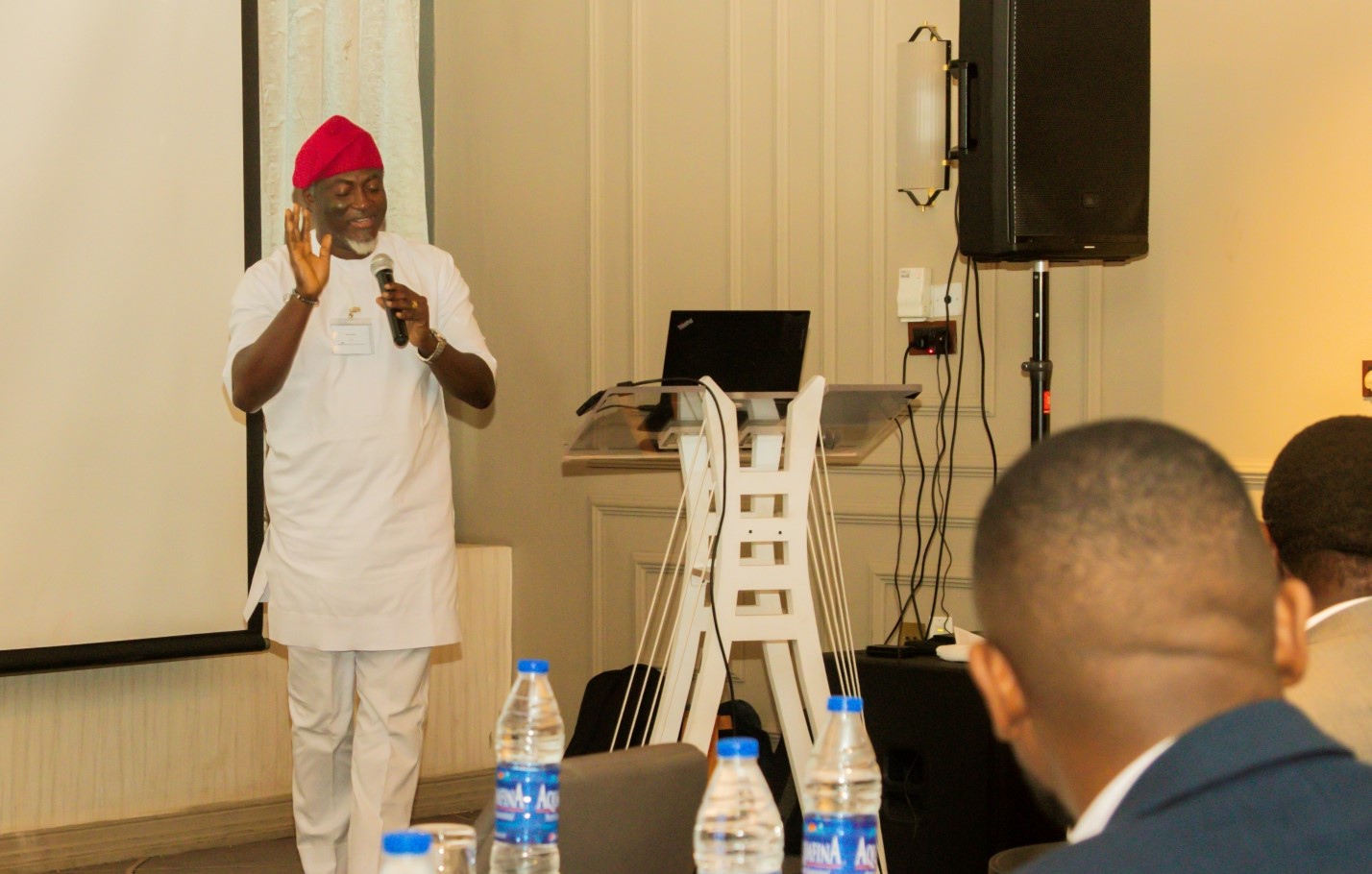Meeting last week in Abuja and Lagos for the 2023 Energy Transition Forum, Nigeria’s leading energy experts have outlined the country’s roadmap to decarbonisation, and discussed what it will take to deliver universal access to clean energy for Nigerian households and businesses.
Speaking in front of senior representatives of some of Nigeria’s most prominent private and public organisations, Wale Yusuff, Managing Director of Wärtsilä in Nigeria, explained how the most advanced studies had shown that decarbonising Nigeria was not only feasible, but that it could also be done in a way that lowered the cost of electricity going forward.
“A lot of Nigerians still think that a renewable energy-based power system is expensive and unreliable, but it doesn’t have to be. On the contrary, I am confident we can reach universal and reliable access to low-cost clean power provided we don’t lose sight of the big picture strategy and develop the power system in logical steps. All the technologies needed for a net zero power system in Nigeria are already a reality: renewables, energy storage, balancing power plants, and sustainable fuels such as green hydrogen, ammonia, and methanol. These are the key ingredients needed to achieve our green electrification goals. When these technologies are combined in an adequate fashion, they deliver the lowest cost of electricity. Smart planning, strategy and transparent government regulations will do the rest”, Yusuff said.
Wind and solar are by far the cheapest source of new electricity available, so their massive deployment is what will significantly bring the overall system costs down. But as the share of renewables increases in power generation, the volatility of the system will surge, explained Yusuff. “That’s why grid flexibility is going to be the true cornerstone of Nigeria’s decarbonisation efforts.”, he said.
In other words, as wind and solar grow to become the dominant source of energy, their intermittent nature will need to be compensated by flexible power capacities to ensure that the supply of electricity always matches demand. Flexibility in the grid comes from balancing power technologies, namely energy storage and engine power plants, which help avoid unnecessary stress in the power system.
To meet the explosive growth of Nigeria’s electricity demand, the country’s power infrastructure must also be quickly expanded and modernised, both in terms of generation and transmission. “Bridging our infrastructure gap will require the union of different market forces: financing institutions both multilateral and local, government planning and private capital involvement.”, said Yusuff.
Ultimate fuel flexibility
Last year, Wärtsilä released a report which provides a detailed and realistic roadmap showing how Nigeria should proceed to build a 100% renewable energy power system by 2060.
The report shows that Nigeria has everything it needs to successfully accomplish its electrification goals. It benefits from fantastic solar energy resources, but it also has significant, and largely untapped gas resources.

Gas is a key transitional energy source that is set to play an important role in the country’s electrification. That’s why the gas infrastructure must also be rapidly ramped up. Cheap domestic gas is necessary to fuel the flexible engine power plants we need to balance a renewable grid in the short and medium term.
What is more, engine power plants offer the significant advantage of being able to run on different fuels, from natural gas and heavy fuel oil today, to locally produced green hydrogen, ammonia, and methanol tomorrow as they become competitive and broadly available. In this sense, they are the ultimate “future-proof” technology, meaning they are an ideal foundation on which a fully carbon neutral power system can realistically be built.
Future fuels are quickly becoming a reality in Africa. For example, very large-scale green hydrogen and ammonia plants, powered by renewable energy, are already being developed in South Africa by industry consortiums. Wärtsilä’s engine power plants, on the other hand, are expected to be able to function on methanol by the end of this year, on green Ammonia next year, and on green hydrogen by 2026. “The outlook for the use of future fuels in flexible engine power plants is indeed very positive”, concluded Yusuff.

